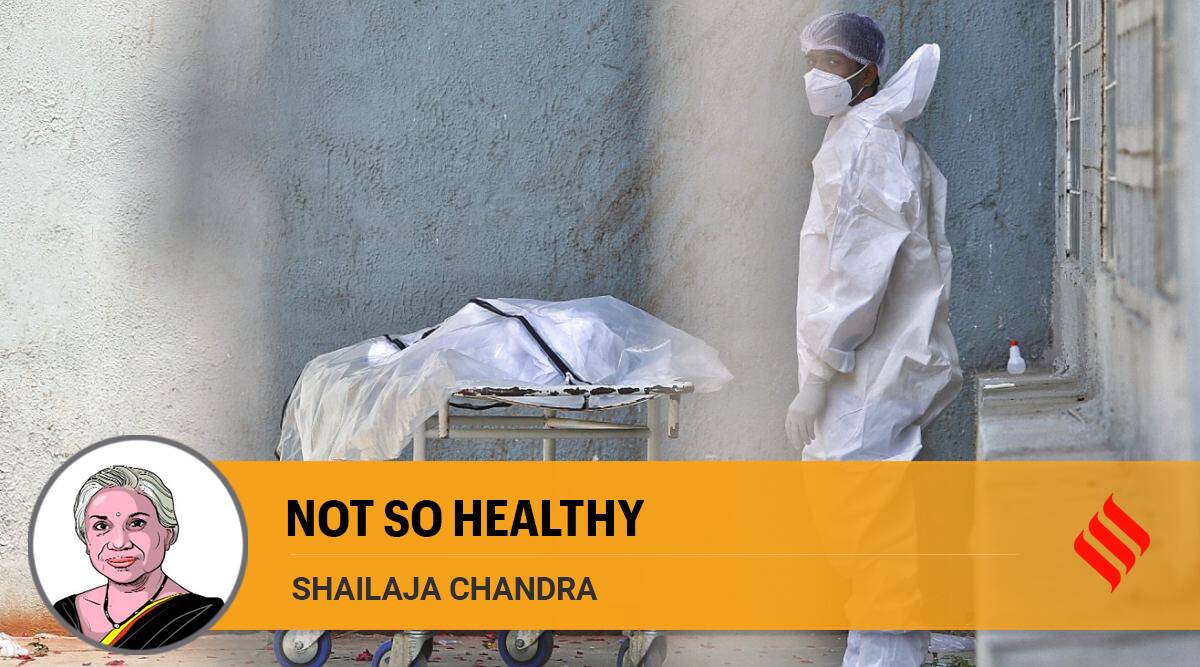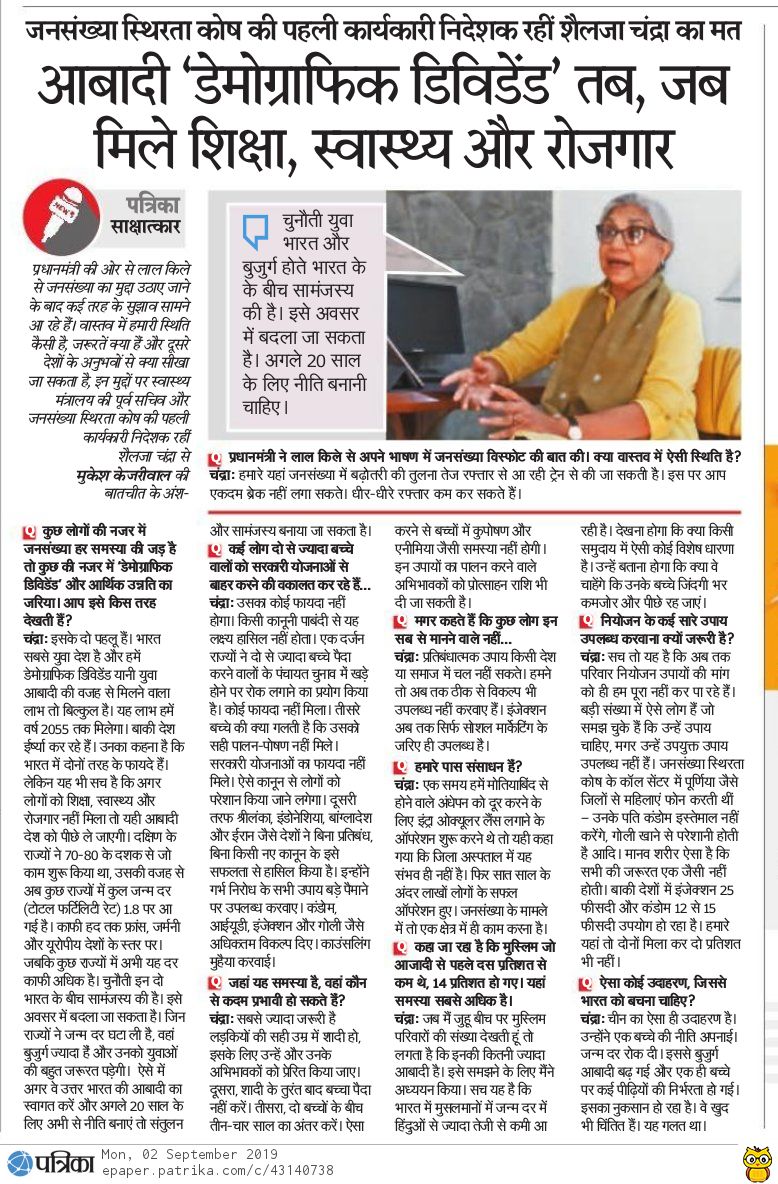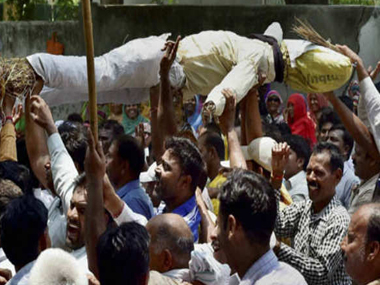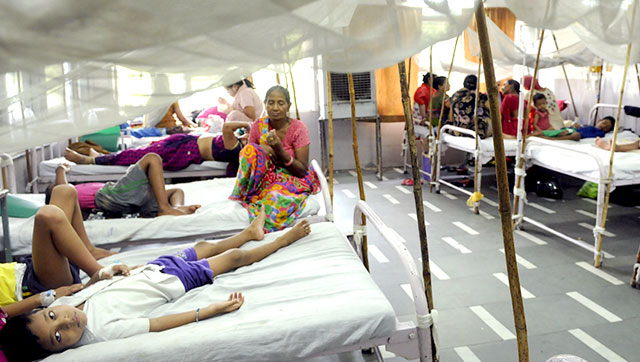Comorbidities have been the leading cause of hospitalisation and deaths during the three waves of the pandemic. Doctors around the world are reported to have found 48% of the patients who passed away after treatment, to have had underlying comorbidities. Out of the 48%, more than 30% were diagnosed with hypertension, 19% with diabetes and close to 8% with cardiovascular conditions. In India, all doctors are agreed that hypertension, diabetes, and cardiovascular diseases have been the three leading comorbidities that delayed, even hampered recovery.
While the forthcoming budget will hopefully address gaps to ramp up hospitals, train healthcare workers and detect new mutants, much more is called for at the level of the general population. Unless people help themselves, the best hospital care will never suffice. As more and more Indians exhibit the major underlying factors that accelerate serious medical conditions, policies must aim to reverse this trend.
The State of The Nation’s Health, a joint publication of the Indian Council of Medical Research, the Public Health Foundation of India and the Institute for Health Metrics and Evaluation, USA, had in 2016 shown state by state how hypertension, diabetes and cardio-vascular diseases had been growing from 1990 to 2016. The burden of noncommunicable diseases (NCDs), far from plateauing or decreasing, had spiralled from 30% of the total disease burden in 1990 to 55% in 2016. Unhealthy diet, high blood pressure, high blood sugar, high cholesterol and being overweight were found to be the main contributors to ischemic heart disease, stroke, and diabetes.
We now have the benefit of the survey results from the National Family Health Survey -5 released in December 2021 and are able to compare the changes that have taken place since NFHS-4 released in 2015-16. Both surveys show the extent to which the growth of NCDs have soared across the country; save for a few exceptions, obesity levels have grown across the board.
Delhi tops the obesity list with 41% of women and 38% of men being found overweight in the latest survey.
Among women, the states of Punjab, Tamil Nadu, Kerala, Andhra Pradesh, Haryana, Himachal Pradesh, Telangana, Karnataka, Uttarakhand 30- 40 % are obese. In the next group fall states with an obesity percentage between 20- 30 % which include Maharashtra, Odisha, West Bengal, Gujarat, and Uttar Pradesh.
Among men, curiously in all the South Indian states of Tamil Nadu, Kerala, Telengana, Andhra Pradesh and Karnataka, along with Punjab and Himachal Pradesh display between 30-40 % obesity. In the next group which includes Haryana, Uttarakhand, Maharashtra, Odisha, and Gujarat 20-30% of the men were found obese.
|
Synopsis While the forthcoming budget will hopefully address gaps to ramp up hospitals, train healthcare workers and detect new mutants, much more is called for at the level of the general population. Unless people help themselves, the best hospital care will never suffice. |
Obesity significantly increases the risk of diabetes, high blood pressure, and heart disease. An obese person’s risk of a heart attack is three times greater than that of a person with a healthy weight. Research has suggested that people who are obese are up to 80 times more likely to develop type II diabetes. These data call for major efforts to control the impact of lifestyle -related diseases before the situation becomes irretrievable. In the last 22 months patients with these comorbidities required high end hospitalisation which was neither universally accessible nor inexpensive.
Over the years fiscal measures and public policies have successfully weaned lakhs of Indians away from smoking – the leading cause of cancer. It is time to announce comparable policy measures to counter the two main drivers of life -style diseases- wrong eating and sedentary routines. In the interest of citizen’s health, the budget is the right time to make some far-reaching announcements.
What can be done? The first strategy must focus on reducing the volume and improving the quality of fats and oils. Second, the marketing of unhealthy processed foods must be controlled by increasing taxes, mandating colour coding for highly calorific items, and removing agricultural subsidies given to producers of oils having high saturated fatty acids. Third, farmers need to be incentivised to grow more millets. Manufacturers must be given time limits to progressively reduce saturated fat, salt, and sugar in processed foods. Moving towards the elimination of trans fats (hydrogenated oils) used in fast food joints and by street vendors need standards, oversight, and enforcement.
When cities like Toronto mandate that every slice of pizza display the calorie content, and New York restaurants carry the calorific content along with the price of a single portion, we must build public awareness even at the cost of unpopularity. The states should also be directed to introduce healthy policies and provide dietary counselling in schools. Obesity in children has already increased.
A responsible government must heed what its own agencies have repeatedly demonstrated. If public health really matters!
(The writer is a former Secretary in the Health Ministry and Chief Secretary, Delhi)
















